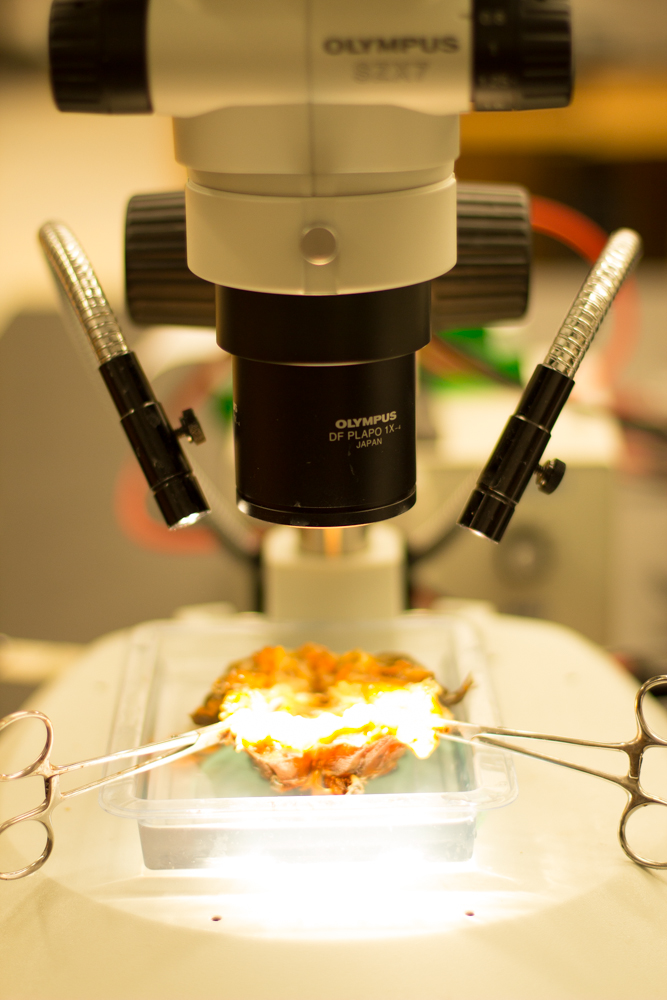Horseshoe Crab
Physiology
Despite the abundance of literature on tidal and circadian rhythms, there are relatively few studies concerned with the expression of both rhythms by the same animal. Like Limulus (Chabot et al., 2007), Carcinus maenas, the green crab, expresses very clear tidal rhythms (Naylor, 1958), with maximum activity at high tide. Moreover, the activity of green crabs is greater during nighttime versus daytime high tides, indicating that a diurnal element is involved in modulating the rhythm. The crabs Sesarma haematocheir (Saigusa, 1988), Sesarma pictum (Saigusa, 1992), and Sesarma reticulatum (Palmer, 1990) exhibit a very similar pattern of behavior that is modulated by both tidal and light input. The theoretical model suggested by Naylor (1958) is that an endogenous circatidal clock controls the locomotor activity of the green crab and a separate circadian clock modulates the expression of the tidal rhythms. This is similar to the model proposed by Barlow et al. (1986) to explain variations in the number of horseshoe crabs observed spawning during the mating season. However, whereas Barlow et al. (1986) suggested that variations in tide heights, combined with a circadian clock, might influence the number of animals mating on a given high tide, they did not speculate about the existence of an internal tidal clock. The goal of this study was to determine if the clocks controlling rhythms of locomotion and visual sensitivity interact with each other, yielding a tendency to (1) be more active at night or (2) have enhanced visual sensitivity during bouts of locomotion. This objective was addressed by simultaneously and continuously monitoring changes in visual sensitivity and locomotion. Visual sensitivity was monitored using a technique that allowed us to record electroretinograms (ERGs) from animals that were free to move, and thus express locomotion rhythms, while we also manipulated the light/dark (LD) cycles. Locomotion was monitored using the same running wheels described in Chabot et al. (2004, 2007, 2008).

Papers
2008 W.H. Watson, L.B. Bedford, and C.C. Chabot. Rhythms of locomotion expressed by Limulus polyphemus, the American horseshoe crab: II. Relationship to circadian rhythms of visual sensitivity. Biol. Bull. 215: 46-56. PDF